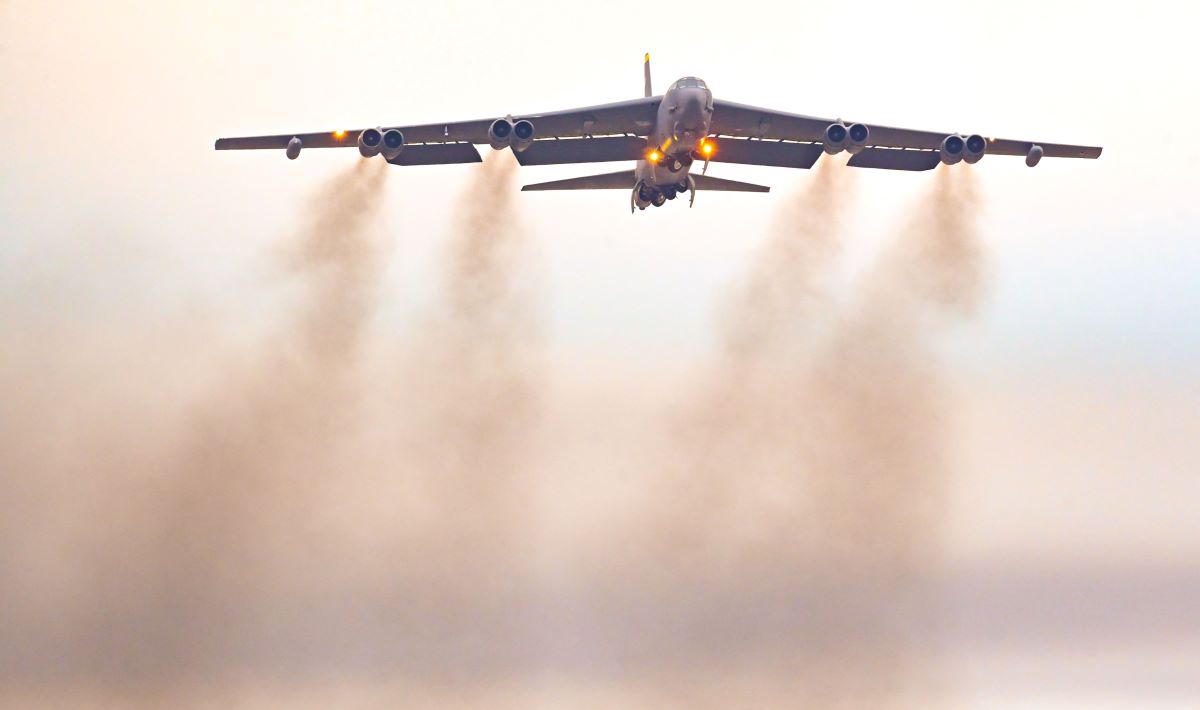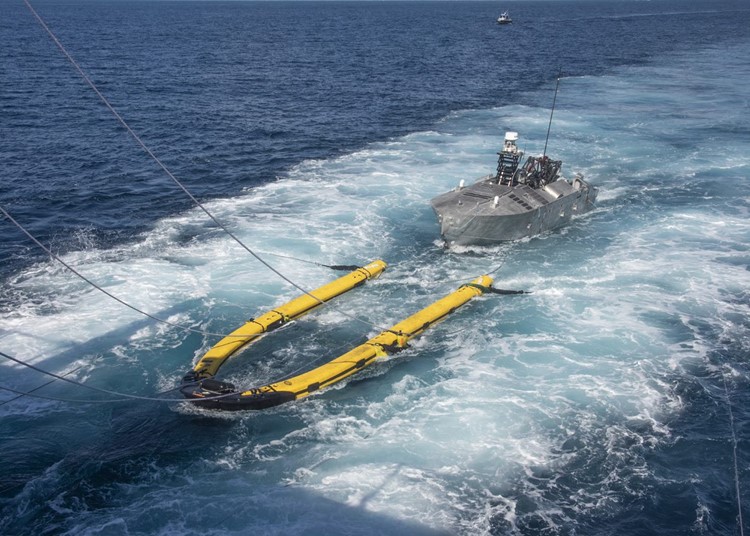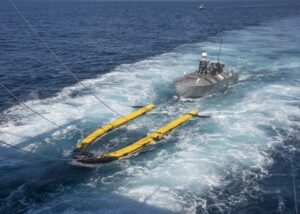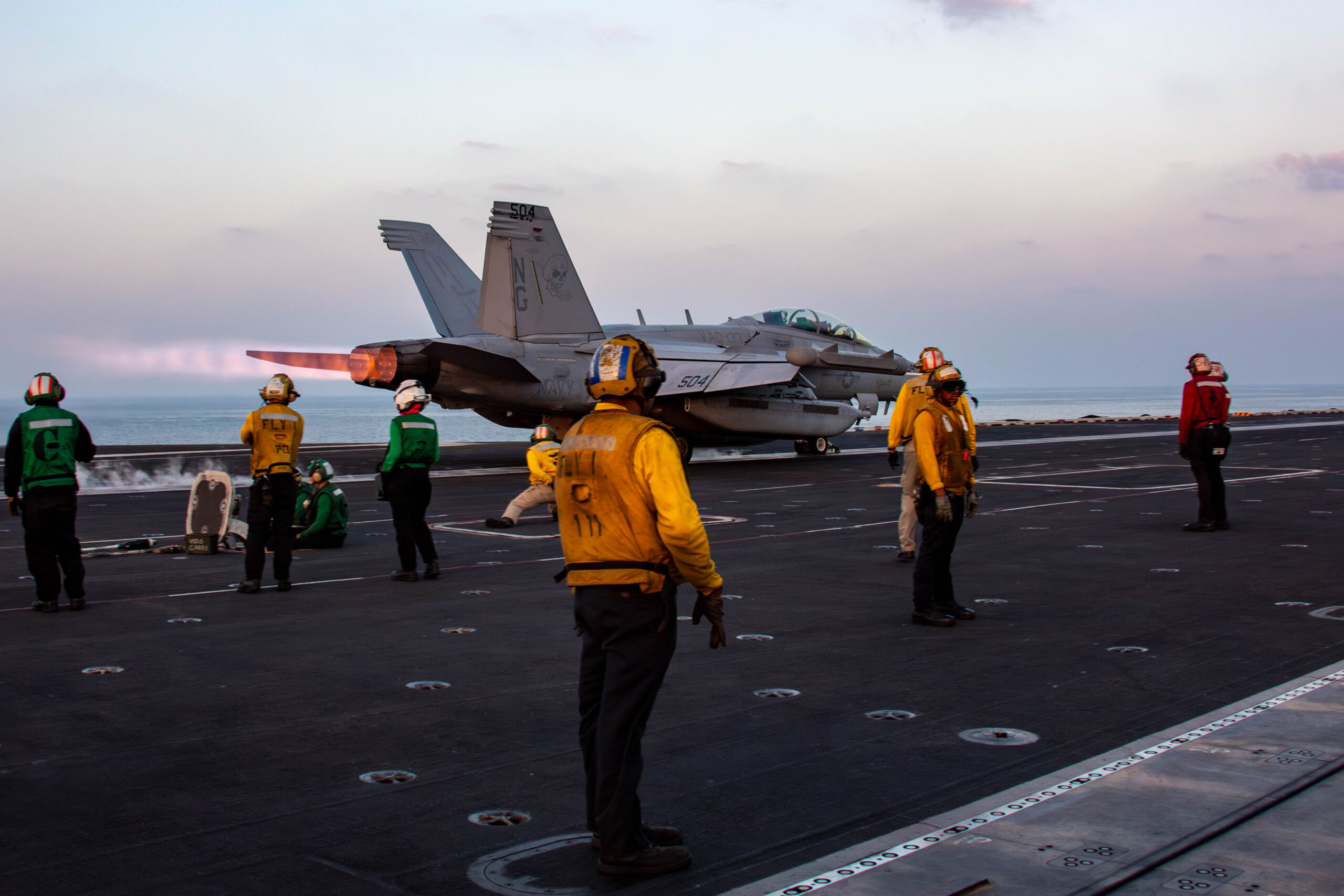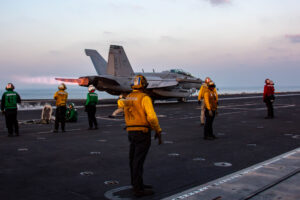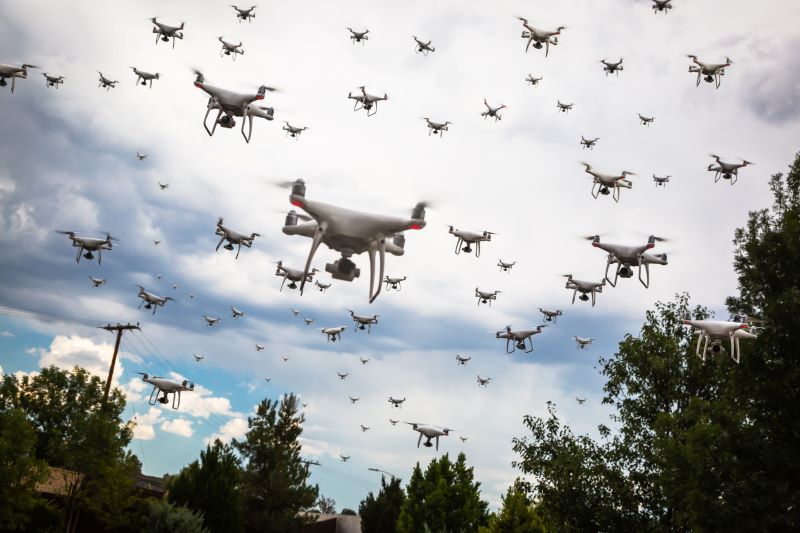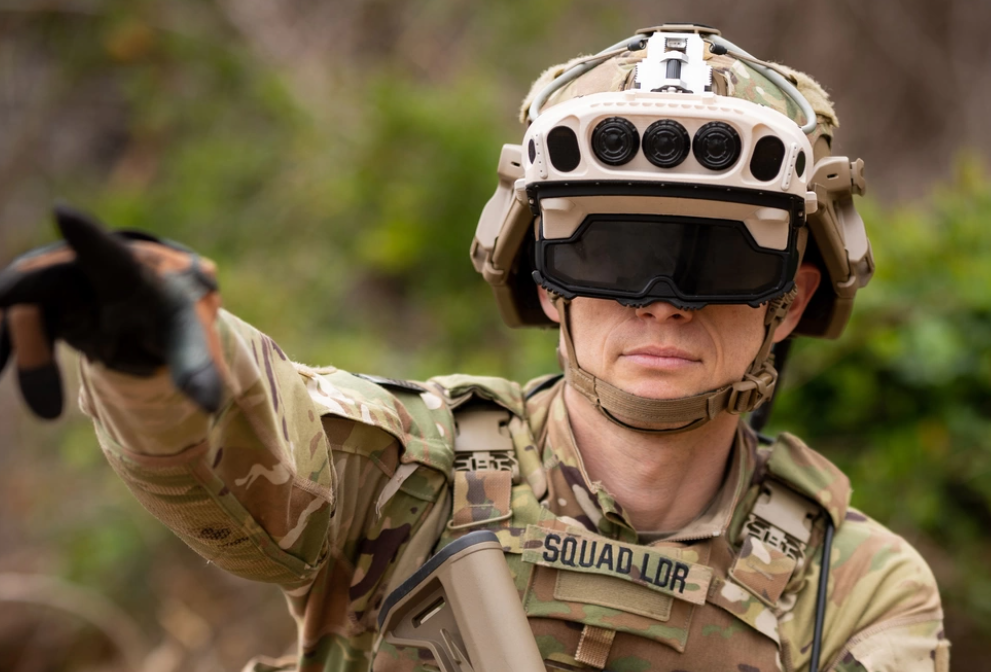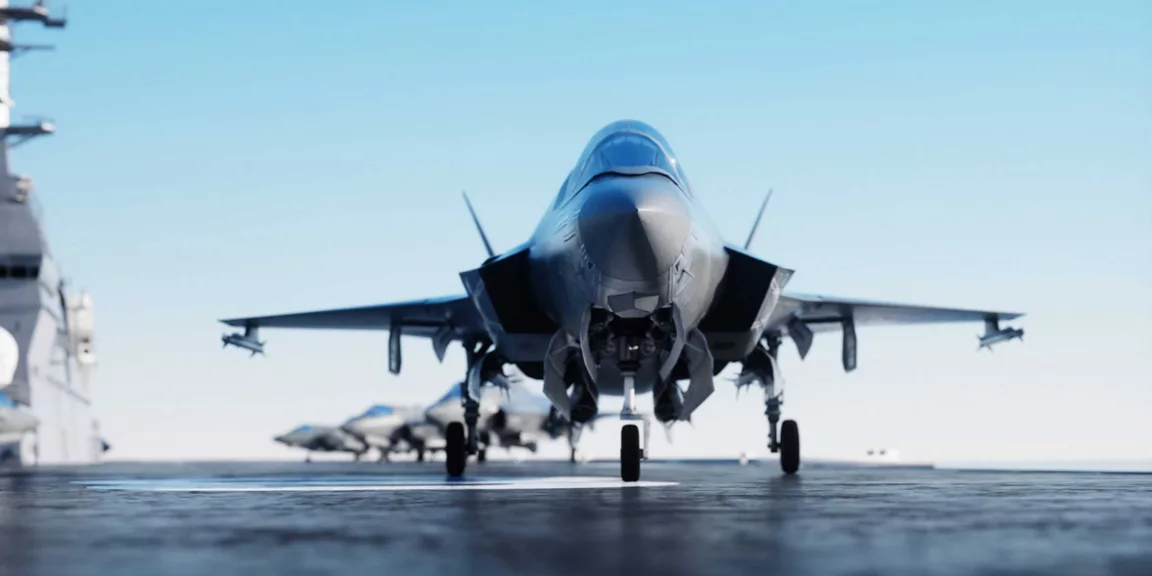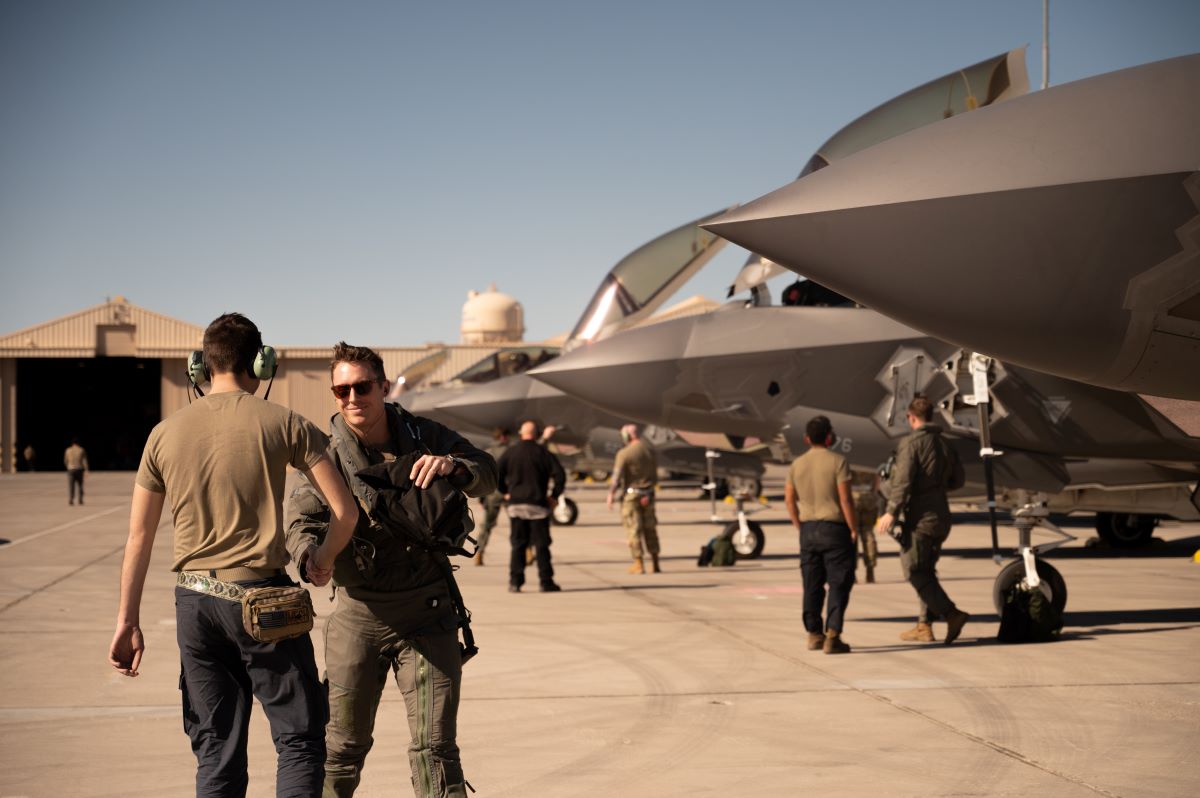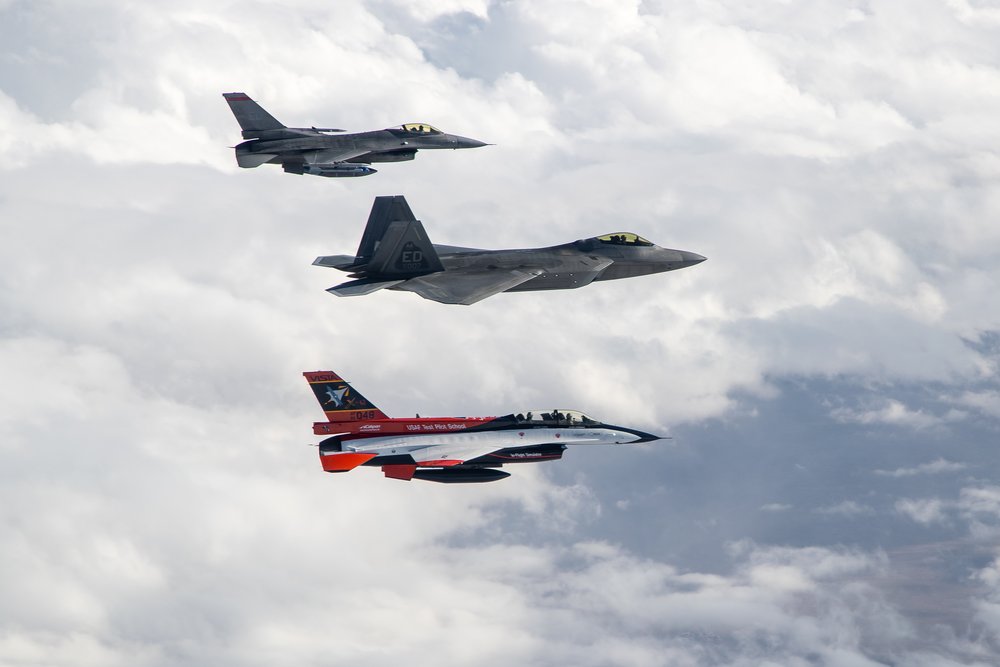A recently released fiscal 2024 report by the Pentagon Director of Operational Test and Evaluation (DOT&E) noted concurrency challenges for the re-engining of the B-52 bomber fleet under the U.S. Air Force Commercial Engine Replacement Program (CERP), as Rolls-Royce said that its F130 engine for CERP is on track.
Under CERP, a rapid prototyping Middle Tier of Acquisition effort, the Air Force is moving to put the F130 engines on the bomber to replace the B-52H’s Pratt & Whitney [RTX] TF33-PW-103 engines, which the Air Force has said it wants to retire by 2030.
In September 2021, the Air Force awarded Rolls-Royce a CERP contract worth potentially $2.6 billion through fiscal 2038 to outfit the B-52 with the F130, based on Rolls-Royce’s commercial BR725 carried on Gulfstream [GD] G650 business jets (Defense Daily, Sept. 24, 2021).
CERP and the Radar Modernization Program (RMP) are the Air Force’s key modernization efforts for the Boeing [BA] B-52H bomber. The modernized bombers will carry the B-52J designation.
“Integration of new engines on a legacy aircraft is a major design change,” said last month’s DOT&E report, which provides updates on top DoD weapons programs. “B-52J CERP integration will require extensive flight tests to evaluate safety and performance in the areas of aircraft structures, wing flutter, propulsion system compatibility, aerodynamic performance, and aircraft flying
qualities in critical phases of flight.”
DOT&E said that F130 low-rate initial production (LRIP) contracts would come before CERP initial operational test and evaluation in fiscal 2032 and would cover 51 of 74 bombers–the remaining 23 covered under a full-rate production contract in fiscal 2033.
“Changes in aircraft performance and flight characteristics require recertification of air refueling compatibility with all supporting tanker aircraft and recertification of all employed weapons,” the DOT&E report said. “Based on results from previous flight test programs, the risk of deficiency discovery in one or more of these areas is high. The proposed Air Force acquisition strategy
implements a highly concurrent flight test and production program, with LRIP contracts awarded for 69 percent of fleet aircraft prior to IOT&E.”
“A contract for the first LRIP lot for five aircraft would be awarded prior to the start of the flight test program,” DOT&E said. “Three additional LRIP contracts, covering 46 more aircraft, would be awarded prior to completion of the developmental flight test program and IOT&E. Previous aircraft development programs with highly concurrent flight test and production schedules of this kind have frequently incurred significant cost increases and schedule delays driven by deficiency discoveries.”
For systems other than Navy ships and military satellites, Section 4231 of Title 10 provides that DoD limit LRIP of major systems to 10 percent of total production unless the defense secretary justifies an increase beyond that threshold and receives a congressional waiver. That 10 percent ceiling is to limit concurrency while providing the minimum number of systems needed for operational test and the creation of an initial system production base to ease the transition to increasing the build rate.
“Air Force rationale for establishing 69 percent of [B-52H] fleet aircraft as the minimum LRIP quantity necessary for these limited purposes is based on a 2017 business case analysis,” DOT&E said. “That analysis projected significant cost savings from procurement of a commercial engine replacement in fewer and larger lots with installation schedules aligned with existing B-52 periodic depot maintenance schedules.”
In December, Rolls-Royce said that the F130 passed an Air Force Critical Design Review (CDR)–a step “clearing the way for final development, test, and production efforts to proceed and taking another step toward delivering the upgraded B-52J” to the service (Defense Daily, Dec. 13, 2024).
Rolls-Royce said on March 1, 2023 that it had begun testing the F130 at the company’s outdoor testing site at NASA Stennis Space Center in Mississippi.
The testing at NASA Stennis “marked the first time F130 engines were tested in the dual-pod engine configuration of the B-52 aircraft,” the company has said, and the Rapid Twin Pod Tests, which finished over the summer, “played a key role in validating Rolls-Royce’s analytical predictions, further de-risking the integration of the F130 engine onto the B-52J and meeting test goals,” Rolls-Royce has said.
Last summer, the Air Force said that it was undertaking a cost reduction effort for RMP and CERP (Defense Daily, July 31, 2024). Total Air Force estimated costs for CERP have risen to $15 billion from $12.5 billion, the service said. The $15 billion includes $6 billion for development and $9 billion for procurement.
The Air Force plans a CERP Engineering and Manufacturing Development decision this fiscal year–a delay from the original schedule of fiscal 2024 “due to changes required in nacelle design and auxiliary engine systems,” DOT&E said.
“Throughout our rigorous testing program, the F130 engine has demonstrated incredible dispatch reliability, which will lead to lower lifecycle costs and improved fuel efficiency,” Scott Ames, Rolls-Royce’s B-52 program director, said in a Friday statement.
“Our digital modeling and testing program have informed and confirmed our predictions, allowing us to stay on track to deliver for the Air Force,” he said. “Working closely with our partners at Boeing, we have successfully met major program milestones – including holding the engine CDR, completing Rapid Twin Pod testing to support the B-52’s unique nacelle configuration, and finishing the first phase of sea-level testing in Indianapolis.”
